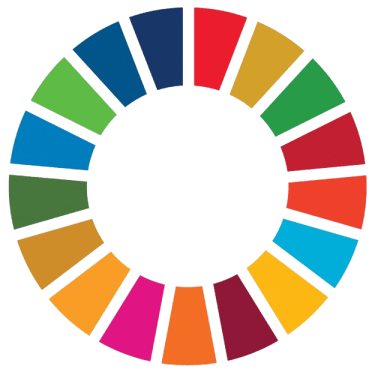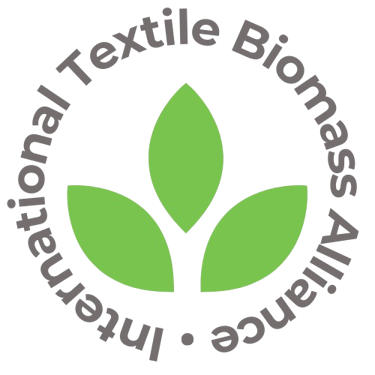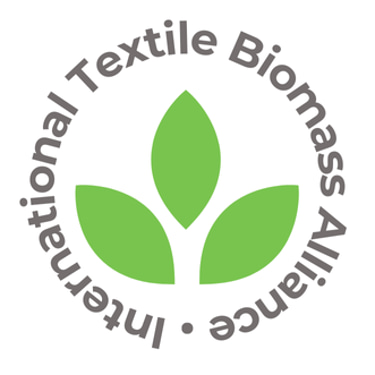Textile PLA - Between sustainable promises and industrialization challenges
Polylactide (PLA) is gradually emerging as a credible alternative to petroleum-based synthetic fibers in the textile industry. Derived from renewable resources such as corn starch or sugarcane, this bio-based biopolymer offers undeniable environmental benefits, but must still overcome several hurdles before achieving large-scale adoption.
11/19/20251 min read


In February 2025, Acme Mills launched Natura, a line of PLA fabrics designed to replace polyester, polypropylene and nylon, reducing greenhouse gas emissions by up to 75 percent compared to traditional plastics (Textileworld). This announcement reflects growing industry interest in this promising material.
PLA offers clear advantages: it requires between 25 and 68% less fossil energy than conventional plastic production, thanks to lower processing temperatures and less energy-intensive polymerization (Linseis). Moreover, under optimal industrial conditions, PLA decomposes within months into water, carbon dioxide and biomass (Linseis).
Expanding applications
PLA finds applications in nonwovens, technical textiles, filtration materials and blended fibers for apparel (Linseis). Its bio-based nature and compostability make it particularly attractive for products with limited lifespans. In the automotive industry, tests are underway for interior coverings and temporary components.
However, challenges persist: brittleness, limited heat resistance, high production costs and lack of specialized recycling infrastructure slow down widespread adoption (SAPUB). It's crucial to distinguish between bio-based and biodegradable: a bioplastic like bio-PET, although bio-based, is not biodegradable (Margueriteetcie).
Towards stricter regulations
In Europe, the minimum threshold for a plastic to be considered bio-based will rise to 60% in January 2025, from 50% currently (Agri Mutuel). This regulatory evolution is pushing manufacturers to improve their formulations and innovate.
Recent innovations focus on integrating PLA with other biopolymers and natural fibers to improve its performance and extend its textile applications (SAPUB). Research also continues on biomass sources that don't compete with human food, a major issue for long-term sustainability.
The PLA textile market remains niche but shows promising momentum, driven by increasing regulatory requirements and consumer demand for more responsible textiles.
ITBA - AIBT
If you have any questions, please do not hesitate to contact us.
FOLLOW US
Ressources
contact@itba-aibt.org
© 2025. All rights reserved.
Help




